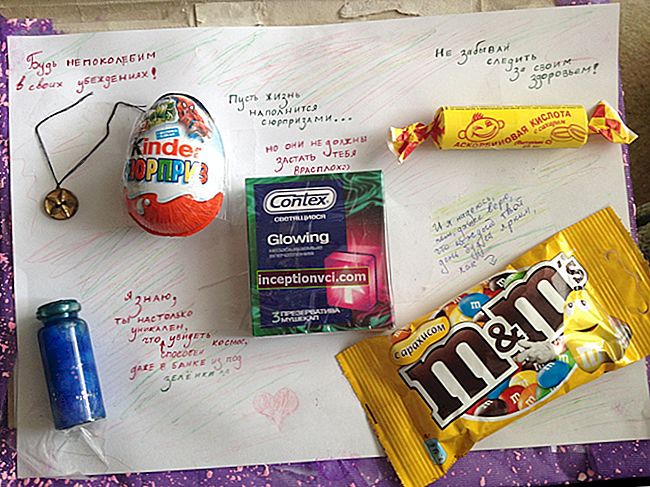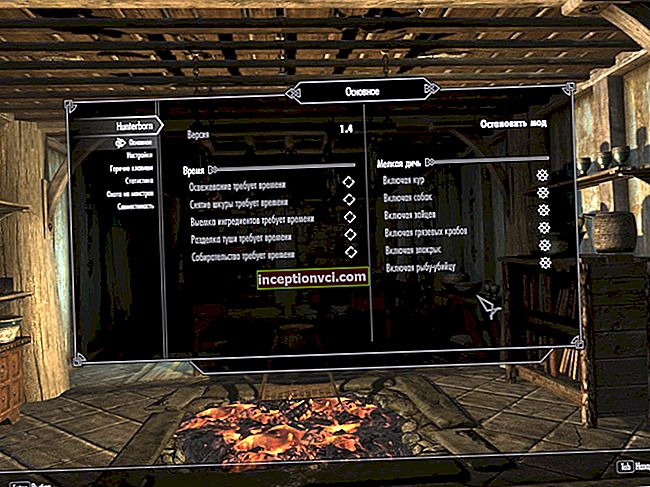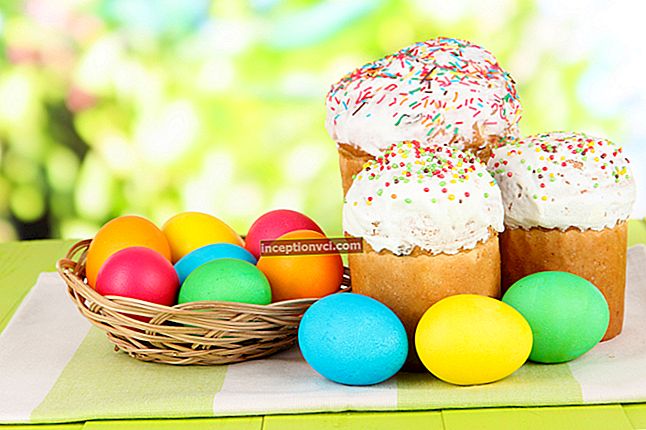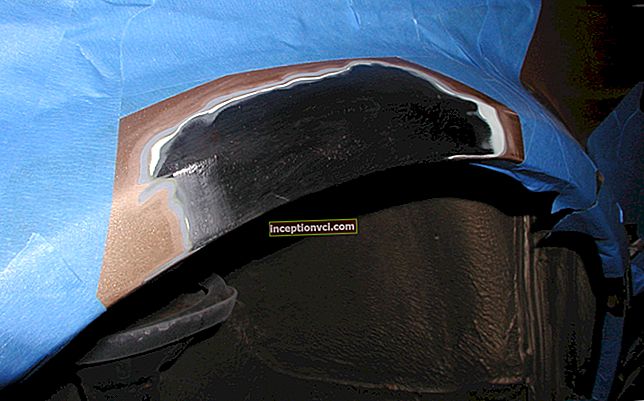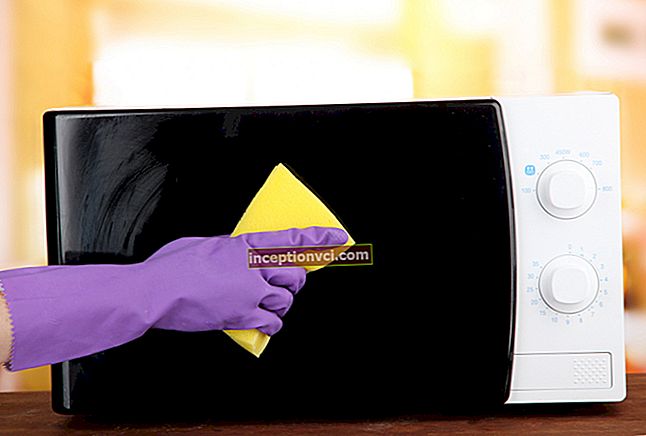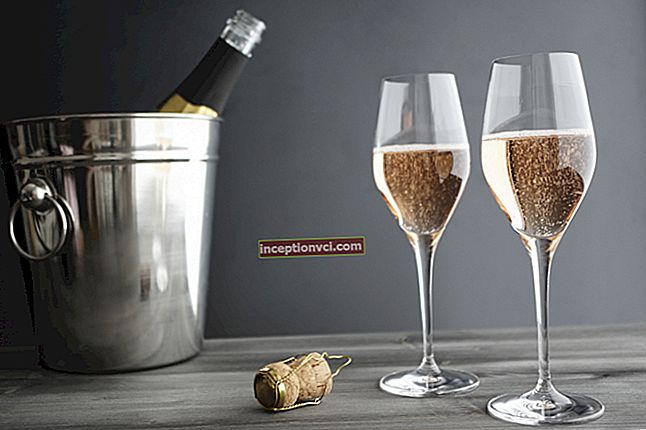Iodine check.
In order to detect impurities in honey, you will need to conduct a simple experiment. Dilute some honey with water and add a drop of iodine there. If the liquid turns blue, then it contains starch or flour.
Vinegar Essence Check.
To do this, you also need to make a honey solution with warm water.

The type of honey determines the plant, the nectar of which in the bee harvest is more than 25%. There are about 70 species of it - from flower to pumpkin. There are only four of them en masse:
- linden - color from white to amber, sometimes with a greenish or yellowish tint;
- meadow - always light: from yellow to light brown;
- fresh from acacia - transparent, pale yellow, candied - bright yellow;
- buckwheat - dark brown with a reddish tint.
Do not be fooled by assurances of the exceptional purity of linden, acacia and other varieties. Bees collect nectar from all nearby honey plants indiscriminately, so any honey is a mix. But this does not mean that you are being offered a poor quality product. Most likely, they just want to increase the price.
Honey from different bee breeds differs in taste and color, even if the nectar was collected from the same honey plant.
How to tell ripe honey from unripe honey

In the collected nectar, bees break down complex sugars into simple ones, saturate it with enzymes and evaporate some of the moisture from it. Then they seal it in honeycombs where the honey delicacy ripens and loses even more water. To do this, it must be kept sealed for at least a month.
To sell more product, unscrupulous beekeepers pump honey out of the hives before ripening. Such a product is less aromatic and tasty, does not have medicinal properties. There is too much moisture in it, so during storage it separates into a thick bottom layer and a liquid top layer. Unripe honey turns sour quickly - with a characteristic fermentation odor and gas bubbles.
To check its maturity, immerse a piece of bread in the treat for a few minutes:
- high-quality honey absorbs moisture and the bread hardens;
- unripe bread will soften.
An easier way that comes in handy in the market: drip a treat on paper. If the paper around the droplet gets wet, there is too much water in the product.
How to recognize natural honey by its density and viscosity

Dip a spoon in the food and rotate it by weight. Natural honey, slightly hanging and stretching, will be wrapped around a spoon. If it is not rotated, the viscous jet will drain into the jar, forming a turret on the surface.
Unripe or diluted with sugar syrup, honey flows abundantly from the spoon in intermittent trickles or drips. Its surface will quickly level out after a drop falls.
Real honey has a delicate texture. It is easy to rub with your fingers and quickly absorbs into the skin, leaving no crystals or lumps. An exception may be small beads of wax. Counterfeit honey has a rough texture. When rubbed, lumps remain on the fingers or it rolls into balls.
How to find out quality honey by weight and volume
1 liter should weigh 1.3-1.5 kg. If less, then there is an excess of water in it.
How to tell real honey from processed honey
Most varieties crystallize (thicken) a few months after being pumped out of the honeycomb. Exceptions are acacia and lime with a very high content of "parent" nectar. Meadow and buckwheat, liquid in winter, is an overheated product that not only lost its healing properties, but also became dangerous.It has an increased content of oxymethylfurfural, an intermediate product in the decomposition reactions of simple carbohydrates that make up honey. This toxin in large doses causes cramps and muscle paralysis, and in small doses it inhibits the nervous system.
Only specialists in honey counterfeiting laboratories are able to accurately determine its quality. They examine the product in more than 20 parameters. Among other things, drug residues are detected if the beekeeper processed or fed them to sick bees.
How to distinguish natural honey - is it real or not
- Dissolve a spoonful of honey in a glass of warm water. Add a few drops of iodine. If the water turns blue, starch is added to the honey.
- Heat the wire and dip in honey. If a sticky mass hangs on it, it is a fake. Remains pure - a natural product.
- Place a drop of honey on the paper and light it. The paper around the drop will burn, but a high-quality product will not burn - it will not melt or change color. If the bees were fed sugar syrup, the honey will turn brown.
We advise you to buy honey from familiar beekeepers or at the annual honey fairs held in late summer and early autumn. Ask sellers for a quality certificate and apiary passport to make sure that the product is natural. And do not neglect expertise in specialized laboratories.
An interesting article: “A vegetable garden on the windowsill. How to grow 5 types of your favorite greens "
Watch the video on how to determine the quality of honey

